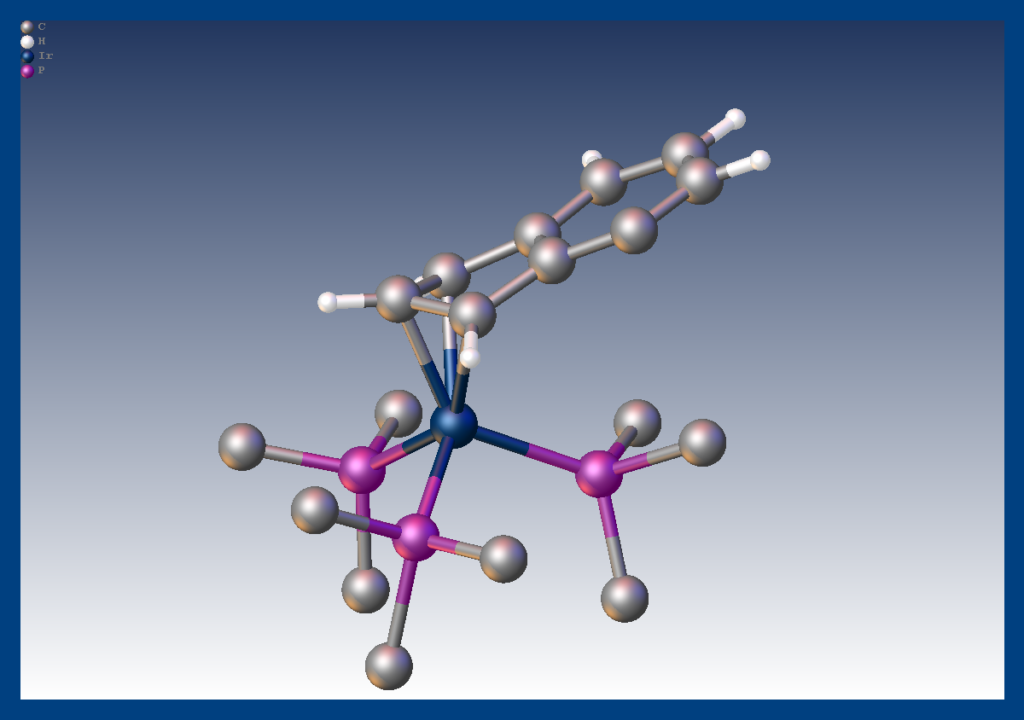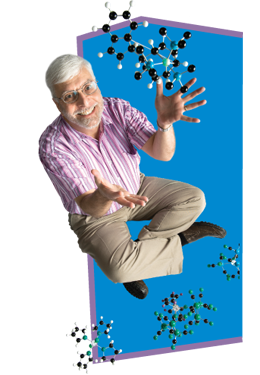Dr. Joseph Merola's Google Scholar:
https://scholar.google.com/citations?user=lfugPyUAAAAJ&hl=en&oi=ao
A Sampling of Publications Over the Years
Chuong, C.; DuChane, C. M.; Webb, E. M.; Rai, P.; Marano, J. M.; Bernier, C. M.; Merola, J. S.; Weger-Lucarelli, J., Noble Metal Organometallic Complexes Display Antiviral Activity against SARS-CoV-2. Viruses 2021, 13 (6). doi:10.3390/v13060980
Bernier, C. M.; Merola, J. S., Design of Iridium N-Heterocyclic Carbene Amino Acid Catalysts for Asymmetric Transfer Hydrogenation of Aryl Ketones. Catalysts 2021, 11 (6). doi:10.3390/catal11060671
Bernier, C. M.; DuChane, C. M.; Martinez, J. S.; Falkinham, J. O.; Merola, J. S., Synthesis, Characterization, and Antimicrobial Activity of RhIII and IrIII N-Heterocyclic Carbene Piano-Stool Complexes. Organometallics 2021, 40 (11), 1670-1681. doi:10.1021/acs.organomet.1c00166
DuChane, C. M.; Karpin, G. W.; Ehrich, M.; Falkinham, J. O.; Merola, J. S., Iridium piano stool complexes with activity against S. aureus and MRSA: it is past time to truly think outside of the box. MedChemComm 2019, 10 (8), 1391-1398. doi:10.1039/c9md00140a
Brown, L. C.; Ressegue, E.; Merola, J. S., Rapid Access to Derivatized, Dimeric, Ring-Substituted Dichloro(cyclopentadienyl)rhodium(III) and Iridium(III) Complexes. Organometallics 2016, 35 (24), 4014-4022. doi:10.1021/acs.organomet.6b00580
Karpin, G. W.; Morris, D. M.; Ngo, M. T.; Merola, J. S.; Falkinham, J. O., III, Transition metal diamine complexes with antimicrobial activity against Staphylococcus aureus and methicillin-resistant S. aureus (MRSA). MedChemComm 2015, 6 (8), 1471-1478. doi:10.1039/C5MD00228A
Morris, D. M.; McGeagh, M.; De Pea, D.; Merola, J. S., Extending the range of pentasubstituted cyclopentadienyl compounds: The synthesis of a series of tetramethyl (alkyl or aryl) cyclopentadienes (Cp∗R), their iridium complexes and their catalytic activity for asymmetric transfer hydrogenation. Polyhedron 2014, 84, 120–135. doi:10.1016/j.poly.2014.06.053
Merola, J. S.; Knorr, J. R., Synthesis and reaction chemistry of boryliridium hydride complexes formed by oxidative addition of catecholborane to iridium (I): Lessons for metal-catalyzed hydroboration. Journal of Organometallic Chemistry 2014, 750, 86–97. doi:10.1016/j.jorganchem.2013.10.049
For a complete list of publications see: MerolaCV_2022
Publications with Unusual Crystal Structures
The crystal structure of an octametallic iridium piano-stool cluster can be found in 1. Morris, D. M.; Merola, J. S., Octametallic Cluster of Cp*Ir(glycinato) Cations. ACS Omega 2019, 4 (26), 22126-22132. doi:10.1021/acsomega.9b03267 Link to paper This structure was featured as one of 2020’s “Molecules of the Week” by the American Chemical Society. This article can be found hereLink to paper
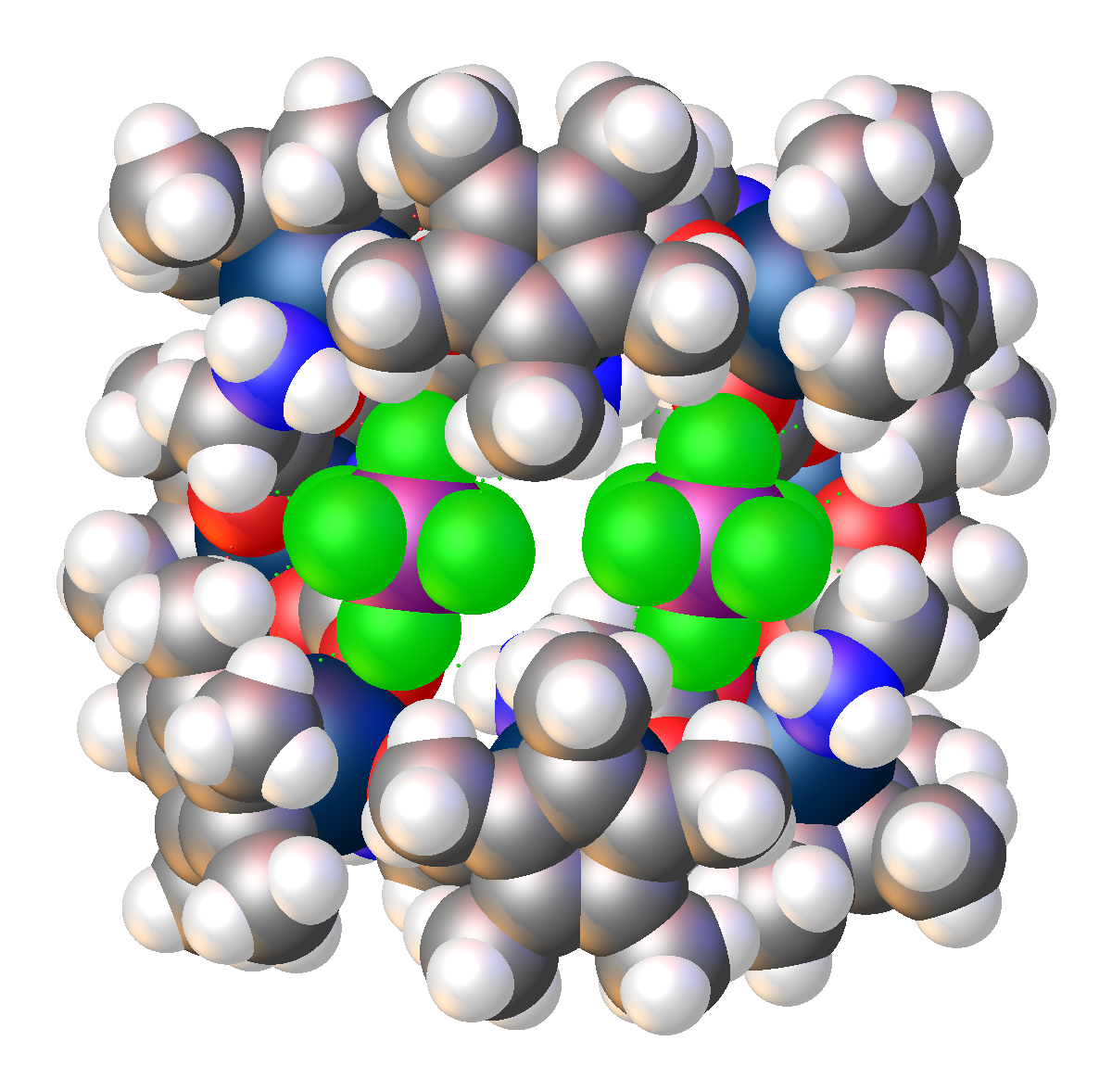
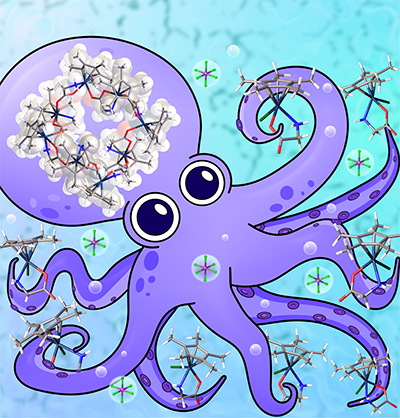
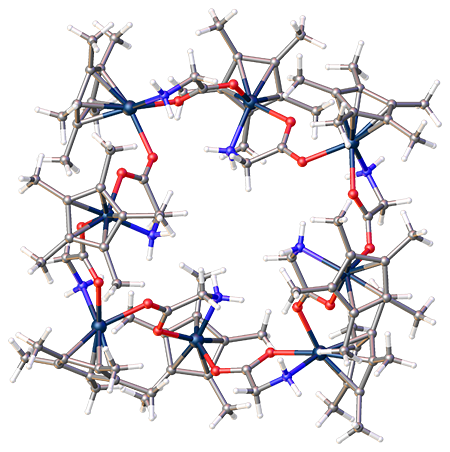
While cubane-type structures in inorganic chemistry are not novel, the ones with iridium and oxygen found in this paper are. There are additional unusual structures in this paper as well. 1. DuChane, C. M.; Merola, J. S., Hexafluoroacetylacetonate (hfac) as ligand for pentamethylcyclopentadienyl (Cp*) rhodium and iridium complexes: Some surprising results, including an Ir3Na1O4 cubane structure. Journal of Organometallic Chemistry 2020, 929, 121552. doi:10.1016/j.jorganchem.2020.121552Link to paper
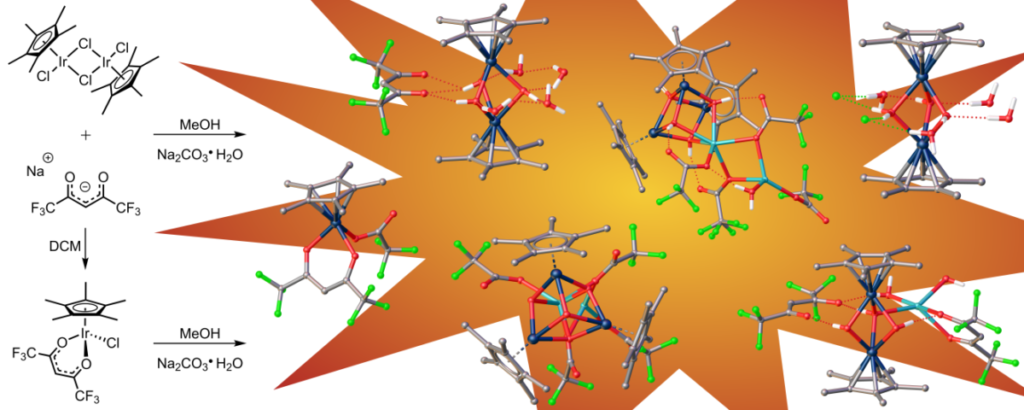
It had long been postulated that the greater reactivity of indenyl metal complexes compared with their cylopentadienyl analogs was due to the propensity of the indenyl ligand to switch from η5 to η3 coordination. We succeeded in isolating an η3 complex of indenyl with iridium showing it is a feasible coordination mode for that ligand. Merola, J. S.; Kacmarcik, R. T.; Van Engen, D., The. eta. 5 to. eta. 3 conversion in indenyliridium complexes. Journal of the American Chemical Society 1986, 108 (2), 329–331. doi:10.1021/ja00262a042 Link to paper
